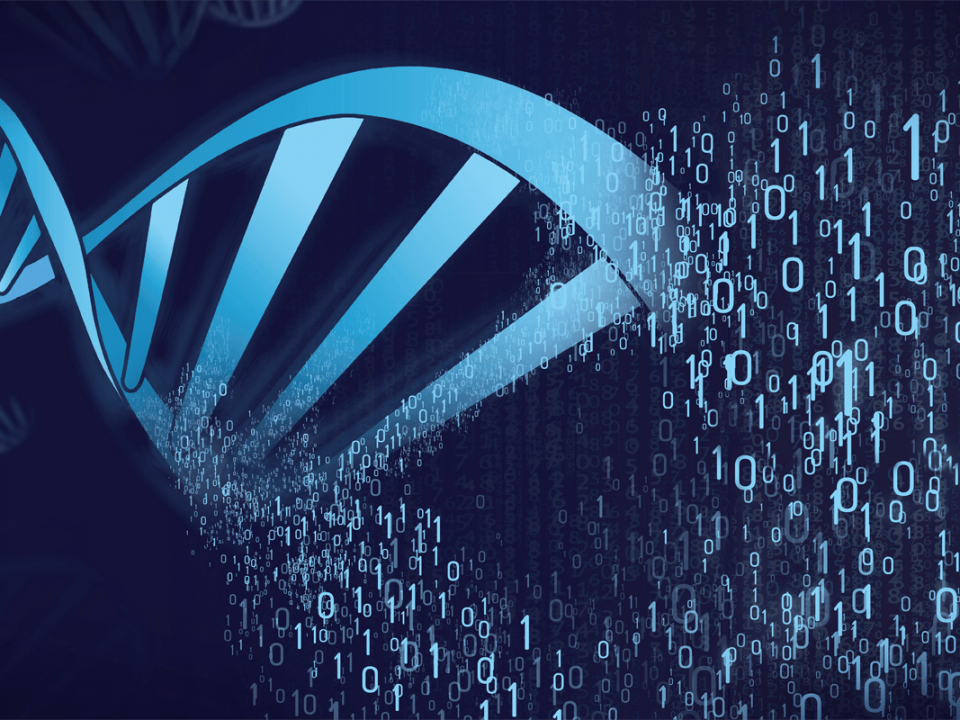
PYTHON & ARITIFICAL INTELLIGENCE
November 22, 2019DNA-THE FUTURE OF DATA STORAGE
Lets compare the first commercial hard drive produced 13th September 1956(IBM 350 disk) with storage capacity of 3.75 mega bytes to today’s 15TB hard that is commercially available according to Western digital October 2018.
Unequivocally, the worlds appetite for data has increase, and continually increasing. This maybe Fuelled by reliance on technological advancements in so many information technology areas. Areas like artificial intelligence, big data and machine learning have taking a front row in modern times.
Claims are that by 2020 according to articles published on scientific America, 1.7 megabytes of data will be created per second per person globally. With the worlds current population that results to billions of terabytes with limited storage capacity. Moreover, data storage in places like ‘’server silos’ require lots of energy which could be a problem for cloud service providers.
Presently there are newer ideas concerning the future of data storage
‘’would one ever wonder that human genetics could help”
Well in 1959 a physicist named Richard P.Feynman had a first idea of storing digital data on human DNA, according to Wikipedia. That idea inspired continuous research by other scientist.
In 2013 an article led by researchers from European bioinformatics institute showed 5 million bits of data was stored, retrieved and reproduced. The cost of that project per megabyte was estimated at around 12,400 u.s dollars just for encoding,and another 220 for retrial.
“well one would agree that that is not cost effective yet,”
DNA as well all know contains the integral/complex aspect of human existence, but it is also amazing to understand that data can be stored using this medium.
“Encoding information into human DNA must be a complex thing one would agree’’
DNA is a chain made up of Nucleotide, containing four basic building block
Cytosine (c), Guanine(g), Adenine(a) and Thymine(t)
So how does this building patterns help?
Our computers understand binary sequencing, 0s and 1s, these binary sequences are translated into four letters of the basic DNA composition(Nucleotides) according to popular mechanics.
The process of DNA synthesis (DNA molecule production) are replicated/represented using binary sequences. Sequencing, pattern used in DNA replication is reinvented using binary sequencing, To look exactly like original nucleotide sequencing.
According to scientific America, A simple bacterium Escherichia Coli has a storage density of 1019 bit per cubic centimeter will store massive amount of data, more than our electronic devices.
Furthermore, calculations predicted in 2016 by nature materials by George church of Harvard university claims that all the worlds storage requirements could be met pretty well by just a cube of DNA measuring about one meter on a side.
Finally, Wikipedia, in 2019 received reports that their 16GB worth of data could be Synthetized into DNA.


